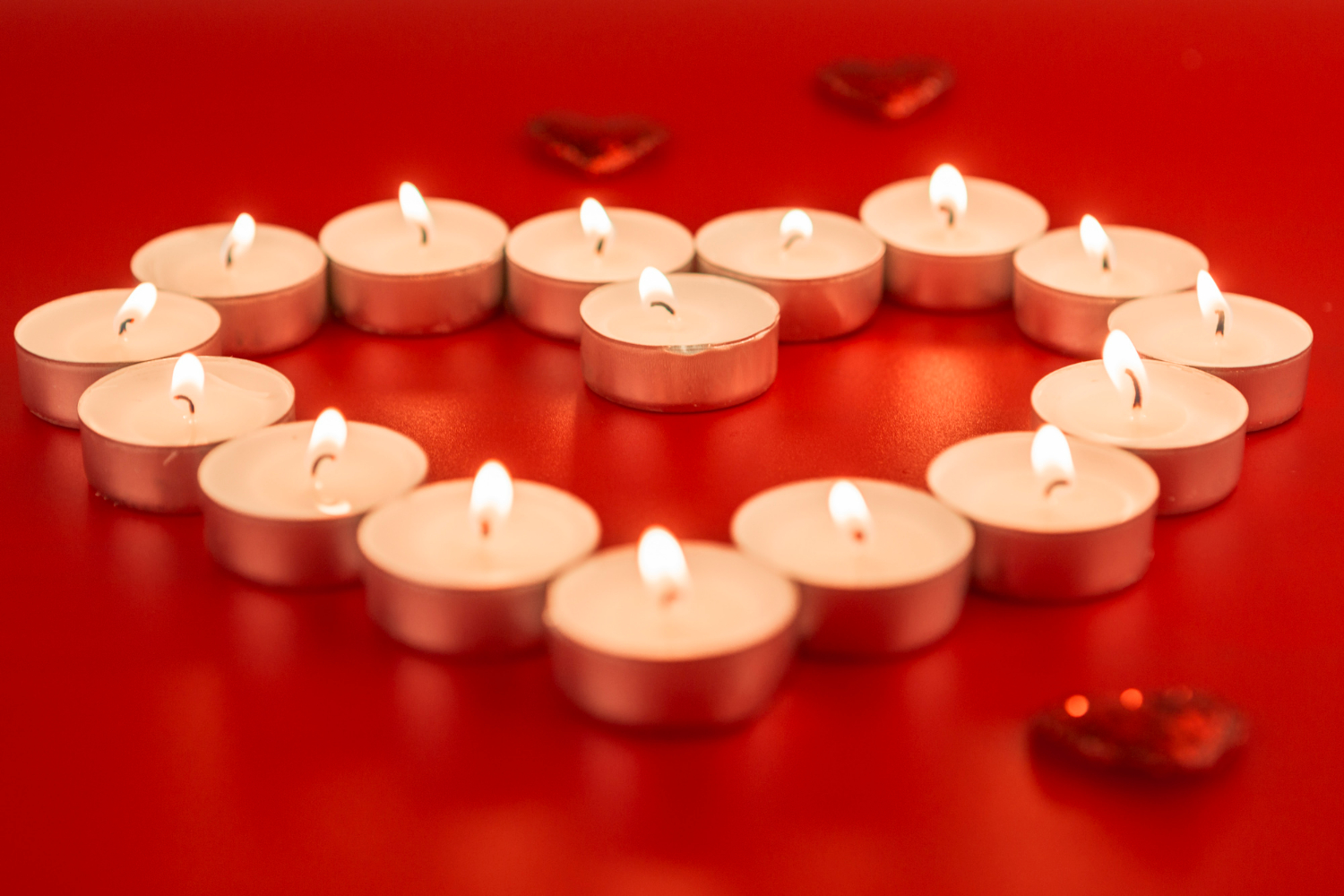Nature’s Harmony in Bloom: Exploring the Art of Japanese Ikebana
Decorative flower arrangements illuminate people’s aesthetic preferences, customs, and cultural values. Culturally significant floral designs reveal aspects of symbolism, exquisite workmanship, and a mirror of nature’s marvels. Various cultures have their own unique ways of depicting flowers in art. Ikebana of Japan Ikebana is a minimalistic Japanese flower arrangement that is closely connected with traditions. The origin of this art dates back to several centuries. The word ‘Ikebana’ means arranging flowers. In ancient times, people in Japan followed the custom of erecting flowers and plants and placing them into a beautiful bouquet. Ikebana is one of the three classical Japanese refinements ( Kodo, Chado, Ikebana). Connection With Nature Ikebana connects nature, time, and space. More than a simple flower arrangement, Ikebana teaches us the value of life. Life is precious, and we should live it to the fullest, as Ikebana tells us. Symbolism The most important rule of Ikebana is the natural appearance. This means the whole arrangement should represent a tree or plant seen in nature. Flowers play a significant function and can generate moods, much as the stems indicate three major lines. They are selected based on their inherent colours and shapes. The chrysanthemum represents the sun, the camellia represents longevity and happiness, and the iris represents heroism. The Arrangement Go for a stroll around the neighbourhood. Look around you; do you hear the elements communicating with you? There are beautiful flowers. Observe them and understand what emotions they evoke inside you. Let your feelings dictate your choice. Pick out some lovely blossoms, healthy leaves, and firm stems. No need to seek for perfection here. Ikebana is an art that finds beauty in imperfections! Take a shallow container filled partially with water. Trim and arrange the stems, leaves and flowers in such a way that they give natural and pleasing feelings. To arrange the stems in the correct position, you have to use a round-shaped object called a kenzan, a pincushion used to arrange the stems. Everything about Ikebana, from the lines to the motifs, is typically asymmetrical. Add accents and flora to represent the theme and the design’s beauty and harmony.









